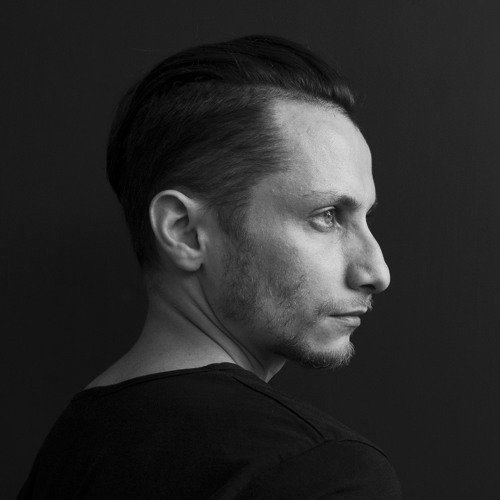5779. 4/12 – Alex Mirutziu & Pär Andersson
07.12.2018 – 05.01.2019
Alex Mirutziu & Pär Andersson
But as a document, 2015
video performance, 12 mins
“In line with the rhetorical investigative possibilities of a poem, myself and Pär Andersson bypassed the existing infrastructures surrounding the politics of writing and reading” – Alex Mirutziu.
Alex Mirutziu’s practice extends over a wide range of media and activities, including sculpture, drawing, poetry and performance as well as critical and curatorial projects. In his work he expands on the notions of approximation and proximity in connection to time, dislocating modes of arrival at meaning. In his practice he seeks to facilitate the role of the body as “turbulent performative occasion” taking inspiration from the poetic of homelessness and invisibility in order to suspend the set-ups of doing, un-doing, thinking and un- thinking. Alongside TAH29 (The Artist and Himself at 29) he activates a collective whose modus operandi is retroactive irony. As part of his theoretical practice the artist frequently collaborates with artists, writers, musicians, designers and philosophers such as Grit Hachmeister, Elias Merino, Graham Foust, and Graham Harman. For this specific work, he activated a collaboration with actor Pär Andersson, through which the artist questions the nature of the politicized model of reading and the cultural privileges of lineage, complicities of the edges with which the words cut, to create a new narrative which is beyond doubt and curated by Sweden Sans, the typeface created by the Swedish design agency Söderhavet.
Mirutziu and Andersson engaged with a fragment of Prepared poem #2 – a project that Mirutziu started while in residence at IASPIS, Stockholm in 2014-2015 – part of a series titled Bureaucratic Objects, which comprises fragments from Graham Foust’s and Karl Larsson’s poems.
BUILDINGBOX is an independent space within the premises of BUILDING, characterized by its own unique program. The opening project, curated by Nicola Trezzi, opens on the week of Rosh HaShana, which is the beginning of the new year – the year 5779, as the title says – according to the Hebrew calendar.
Following these premises, a window gallery which is visible 24/7, and a calendar which consists of 12 months (Nisan, Iyar, Sivan, Tammuz, Av, Elul, Tishrei, Marcheshvan, Kislev, Tevet, Shevat, and Adar), 5779 is a group exhibition in which several artworks are not present next to each other but rather one after the other. The structure of the calendar – day after day, month after month, year after year – becomes the guideline for the presentation of artworks by several artists; in doing so, this structure transforms the essence behind group exhibitions, from coexistence and juxtaposition to linearity and procession.
Furthermore, this specific format deconstructs the very core of the group exhibition format, which is, by definition, an exhibition in which several artworks, by several artists, are presented next to each other in a confined space and for a specific amount of time. With 5779 the idea of a group exhibition in which works of art by several artists appear, in the same space, one after the other – substituting one another, replacing one another – suggests an inversion in the equation at the base of exhibition making. Rather than rooting exhibition making into space, as it usually happens, this time the exhibition is rooted in time rather than space.





